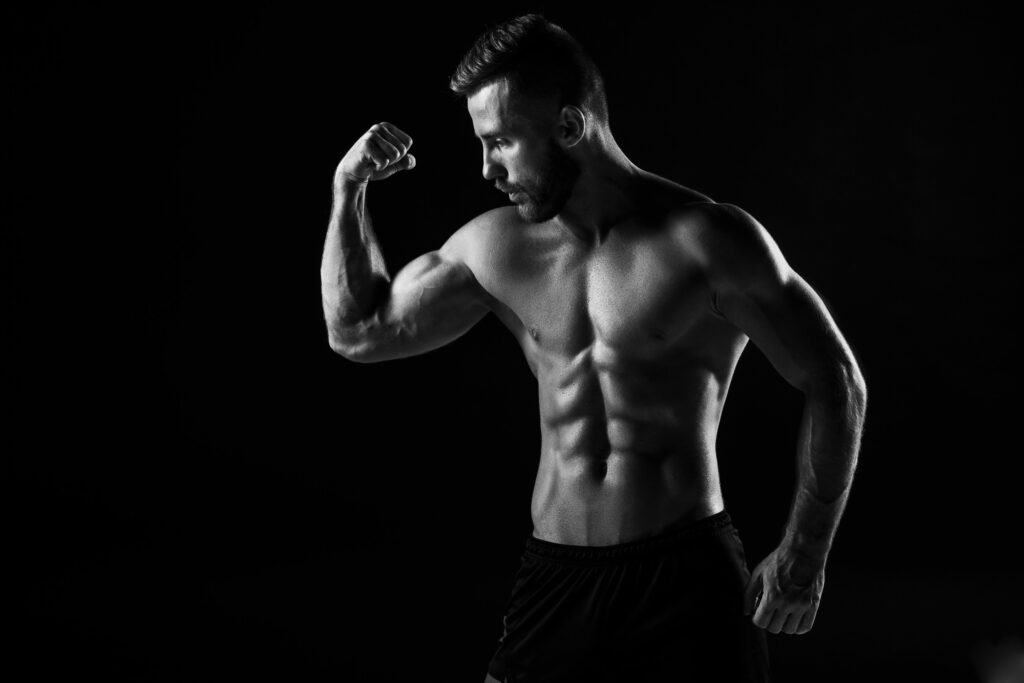When it comes to visible six-pack abs, genetics play a role. Everyone has the rectus abdominis muscle, which is the muscle responsible for the six-pack appearance. However, the visibility of this muscle is influenced by several factors, one of which is an individual’s genetic predisposition.
Firstly, the shape and arrangement of the abdominal muscles can vary from person to person. Some people might naturally have more symmetrical and pronounced separations between these muscles, making it easier for them to achieve that “six-pack” look. Others might have a more blended or uneven arrangement, which could require more effort to define.
Secondly, genetics can also influence how and where your body stores fat. Some individuals naturally store less fat in their abdominal region, allowing for the underlying muscles to be more visible. Conversely, others may genetically predispose to carry extra weight around their midsection, making the abdominal muscles less evident, even if they’re strong and developed.
Another factor to consider is the thickness and transparency of the skin and connective tissue overlying the abdominal muscles. Thinner skin can make the underlying muscles appear more prominent, while thicker skin or more subcutaneous fat can obscure them.
However, it’s essential to understand that while genetics can provide an advantage, it doesn’t guarantee visible six-pack abs. Lifestyle factors like diet, physical activity, and overall body fat percentage are pivotal. Even someone genetically predisposed to visible abs will need to maintain a relatively low body fat percentage and engage in targeted core exercises to truly showcase their muscles.
On the flip side, someone who isn’t naturally inclined to have visible abs can still achieve them with dedication, the right training regimen, and a controlled diet. It might require more effort and time, but it’s possible.
While some people naturally have a more visible six-pack due to their genetic makeup, achieving and maintaining this look generally requires a combination of low body fat and muscle development, irrespective of genetics.

